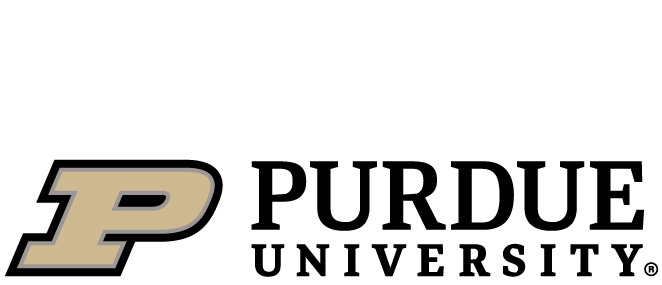“We choose to go to the moon in this decade, and do the other things, not because they are easy, but because they are hard — because that goal will serve to organize and measure the best of our energies and skills — because that challenge is one that we are willing to accept, one we are unwilling to postpone, and one we intend to win.” ------ John F. Kennedy
"The essence of science lies not in discovering facts but in discovering new ways of thinking about them." ------ W. Lawrence Bragg
Our interest primarily focuses on exploring the structure-processing-property relationships of advanced alloys and composites in extreme service environments. The research involves four thrust areas: (1) innovative manufacturing technologies to support energy, aerospace, and oil & gas industry; (2) structure alloys and composites for extreme environments; (3) high-throughput alloy development by utilizing advanced manufacturing, characterization, and data analytics; (4) material degradation and failure mechanisms in extreme environments.
Advanced Manufacturing
The current technology development focuses on laser powder bed fusion (LPBF) additive manufacturing, laser direct energy deposition (DED) additive manufacturing, and powder metallurgy-hot isostatic pressing. The research supports emergent manufacturing needs for energy applications. Besides the fundamental research, we worked closely with industry and national lab collaborators in high TRL projects to support component-level demonstration and standard/code case development.
Structural Alloys and Composites for Extreme Environments
Harsh conditions in most high-temperature energy systems challenge the structural materials to their physical extremes. The materials constantly experience high temperatures, corrosion and oxidation, complex loading, and radiation damage, which leads to a shorter life span and unexpected structural failures. Our interest is exploring the composition-microstructure-property relationships of advanced structural materials in these environments and developing new materials.
Material Degradation and Failure Mechanisms in Extreme Environments
Environmentally assisted cracking, such as stress corrosion cracking, corrosion fatigue, irradiation assisted stress corrosion cracking, and hydrogen embrittlement, is the most detrimental form of material degradation in structural applications. It impacts a broad range of industries, including energy, aerospace, oil & gas, chemical processing, etc. Our research interest focuses on the metallurgical, corrosion, and irradiation aspects of this phenomenon to support alloy development, and life assessment, including grain boundary segregates, localized plastic deformation, crack-tip creep, and chemical-material interaction at the crack tip.
Creep and creep-fatigue limits the lifespan of the structural materials that serve in high-temperature environments. The on-going research evaluates and understands the high-temperature creep behavior of additively-manufactured steels and establishes a relationship between AM microstructure and high-temperature material properties. Microstructurally-graded specimen along with digital image correlation are employed to accelerate the throughput of the creep test.
Fracture behavior, including evaluating fracture toughness and understanding fracture mechanism, is the key to most pressure boundary and load bearing applications. The knowledge of fracture is mostly limited for advanced structural materials, including additively-manufactured alloys, composites, and dissimilar metal structures. Advanced tools including direct current potential drop (DCPD), digital image correlation (DIC), X-ray computed tomography (CT) are the key to reveal the fundamentals of this dynamic process.
High-throughput Alloy Development and Data Analytics
The traditional development cycle of structural alloys is usually a lengthy and costly process. It typically follows a one-at-a-time experimental paradigm, where discrete compositions are synthesized, processed, and tested to reach the targeted properties. This approach limits the number of the samples and the experiment iterations, which leaves the vast compositional space unexplored. By utilizing advanced manufacturing techniques, small-scale testing methods, and advanced data analytics, we seek to speed up this process by at least one order of magnitude. The on-going projects include demonstrating this concept on exploring the compositional and microstructural spaces for advanced steels and aluminum alloys.
